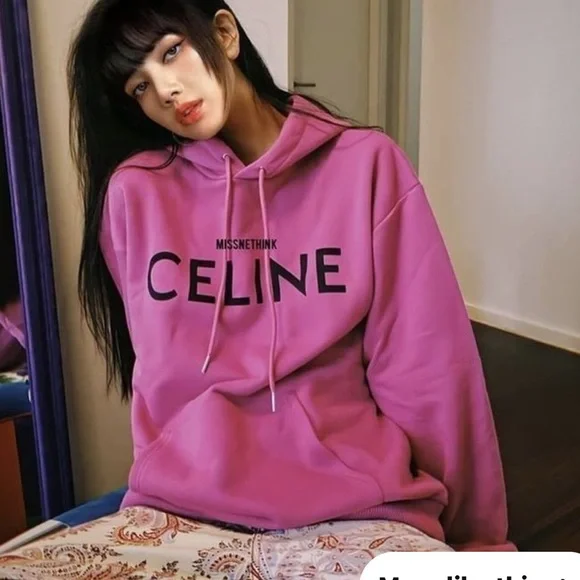
Breaking Barriers on the Runway
In the dynamic world of fashion, Visit now Represent clothing embracing diversity has become more than just a trend—it’s a powerful movement that’s reshaping the industry. From runways to retail, the call for inclusivity echoes loudly, transcending cultural and societal boundaries. The fashion future is now, and it’s distinctly inclusive.
Historically, the fashion industry has often been criticized for its lack of diversity on the runway. However, times are changing, and so is the perception of beauty. Major fashion houses are now casting a wider net, featuring models of all ethnicities, sizes, and backgrounds. This shift is not just a nod to societal changes but a strategic move to appeal to a broader audience.
Size Inclusivity: From Exclusion to Celebration
The fashion future is one where every body is celebrated. The industry is moving away from traditional beauty standards, embracing models of all sizes. Plus-size fashion is no longer relegated to a niche market; it’s taking center stage. Brands that understand the importance of size inclusivity are not only gaining popularity but also contributing to the much-needed change in societal norms.
Cultural Diversity: A Tapestry of Styles
In a globalized world, cultural diversity is at the forefront of fashion evolution. Designers are drawing inspiration from various cultures, creating a beautiful tapestry of styles that reflect the rich heritage of different communities. Fashion enthusiasts now have the opportunity to explore and celebrate clothing that tells a story beyond borders.
The Business of Inclusive Fashion: Why It Matters
Inclusivity isn’t just a moral imperative; it’s a smart business move. Brands that embrace diversity in their designs and marketing strategies appeal to a broader audience. This inclusivity translates into increased market reach, tapping into consumer segments that were previously underserved or overlooked. Check it now Celine hoodie
Building Brand Authenticity
Authenticity is a buzzword in the modern business landscape, and the fashion industry is no exception. Brands that authentically embrace diversity create a genuine connection with their audience. Consumers are more likely to support brands that reflect their values, and inclusivity has become a key value for many.
Social Impact: Fashion as a Catalyst for Change
Fashion has the power to influence societal perceptions and norms. By championing inclusivity, the industry becomes a catalyst for positive change. From challenging stereotypes to promoting acceptance, fashion plays a pivotal role in shaping a more inclusive and tolerant society.
Overcoming Tokenism
While progress is being made, the fashion industry must guard against tokenism. Inclusivity should not be a mere checkbox but an integral part of a brand’s ethos. Genuine commitment requires continuous effort and a commitment to dismantling systemic barriers.
Addressing Cultural Appropriation
The line between appreciation and appropriation can be thin. The industry must navigate this delicate balance, ensuring that inspiration from diverse cultures is done respectfully and with a deep understanding of the cultural context.
Conclusion:
Has its finger on the pulse of the evolving fashion landscape. By championing inclusivity and embracing diversity, the platform aligns with the unstoppable trend shaping the industry’s future. In a world that celebrates differences, fashion becomes a powerful force for positive change. The journey towards inclusivity is ongoing, and as we navigate the challenges, the fashion future looks bright—a future where everyone sees themselves represented and celebrated.